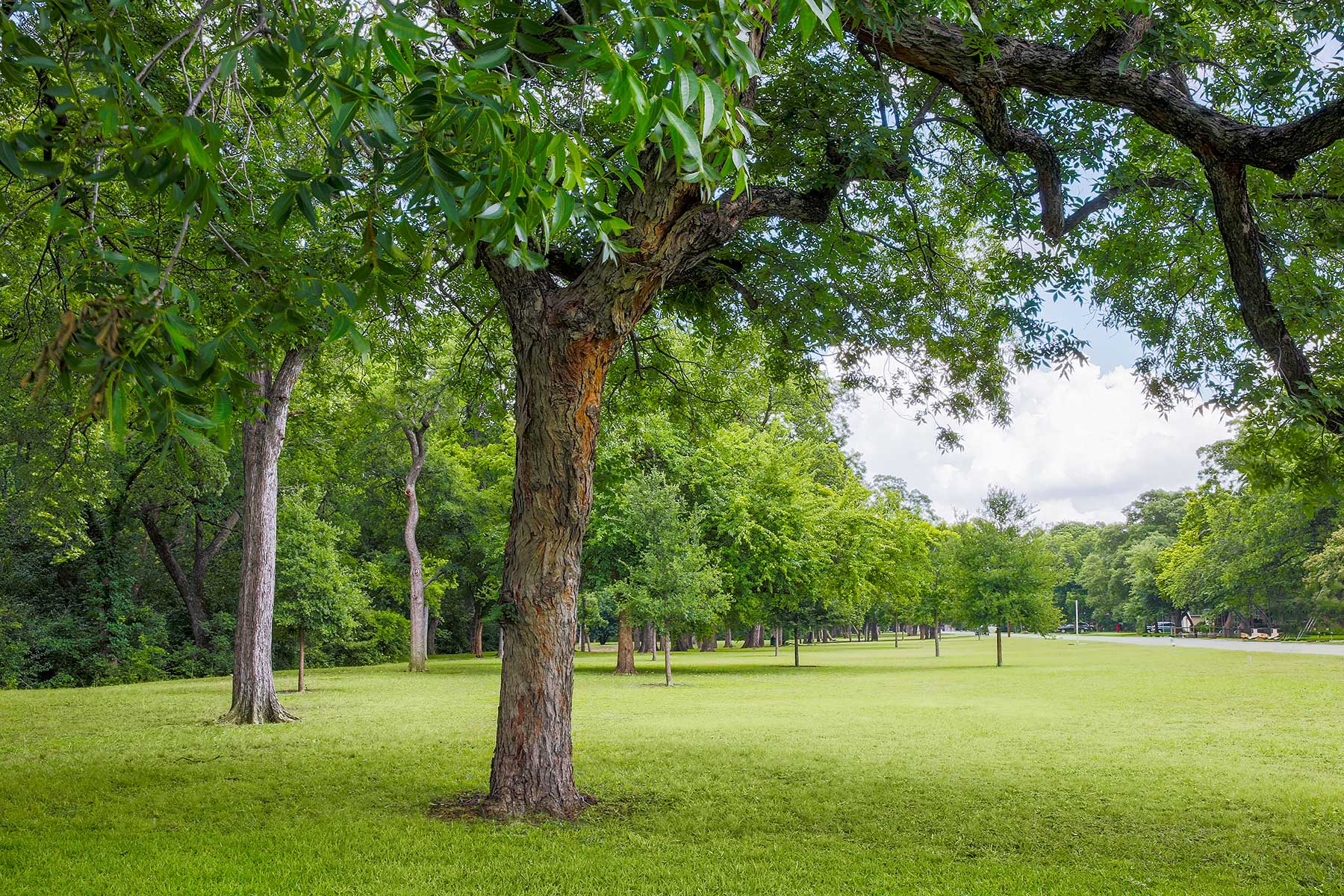There is starting to be a surprising trend at City Hall: sensibleness. Last week, the council voted through a new housing policy that gives the city a real, practical, and possible roadmap for addressing its lingering, decades-long struggle with affordable housing. This week the council will be briefed on a pretty good policy revision related to another albatross that has long hung from the city’s neck: the tree ordinance, also known as Article X.
It may sound like a trifle. The tree ordinance has, on paper, simply required developers who remove trees from developed land to pay a fee into a “reforestation fund” that corresponds to the number of inches of tree trunks they cut down. In practice, however, it has been something of a disaster.
The ordinance does not distinguish between the value of various tree species or old growth. Planned development districts have allowed developers to work around the ordnance, mowing down trees with little consequence. The reforestation fund lacks any administrative oversight, meaning the money is spent willy nilly or not at all. And developers can offset their fees by returning a one-to-one ratio of trunk inches of new trees to the property, often resulting in lots where old growth trees are cut down and replaced with dozens of new skinny trees that are not properly spaced or planted in sufficient soil. Soon enough, they die.
The tree ordinance has been a bane for developers and environmentalists alike, only the developers and the environmentalists have never been able to figure out how to fix it. Developers say it should be rolled back because it makes development too costly and difficult, particularly in areas of the city with lots of trees (that, of course, includes much of southern Dallas). Environmentalists want to close all the loopholes in the law that have made it ineffective at preserving trees, as anyone who has ever driven virtually anywhere in Dallas’ intense urban heat island will not be surprised to discover.
Depending on who you ask, this fight has gone on for three, 13, or 20-odd years. Now, there is a feasible solution, and it’s a pretty good one. The new ordinance is more sophisticated and nimble. It eliminates the overly simple one-to-one matrix of tree inches and fees and introduced new incentives that will hopefully push developers to save money on removal fees by saving more trees or replacing them with proper plantings.
Matt Grubisich with the Texas Tree Foundation said the revisions to the ordinance attempt to present the best of both worlds, offering reductions in tree removal fees for developers as an incentive to deal with tree remediation more intelligently.
“There are more options for developers to invest in their development by increasing tree canopy coverage, putting in bio swells, doing green roofs,” Grubisich said. “The idea is, come in and work with the city to make it a more sustainable site.”
There are parts of the revision that try to incentivize developers to preserve tree canopy coverage, rather than simply trunk diameter width, and parts that try to ensure that any new trees planted to off-set tree removals don’t die within a few months or years of planting. Whereas the old ordinance had a lengthy exempted tree list, this new one limits that list, but also classifies trees in order to levy heavier fines on removing so-called legacy trees (elms, oaks, and pecans), while charging less for other trees, like hackberries. There is no fee for removing invasive species. Other provisions include credits for transplanted trees, habitat preservation, and implementing sustainable landscaping designs.
Also significant, the revisions allow the reforestation fund—the pot of money collected from tree removal fines—to fund the creation of an urban forest master plan and to be used to hire a staff person to manage its implementation, which is significant considering the haphazard way those funds are distributed today.
In other words, it is a smart and nimble policy that is born out of some long and difficult negotiations. Which is why it will be interesting to watch as the revisions to Article X move through the council process beginning with the briefing Wednesday. The revision to the policy passed through Zoning Ordinance Advisory Committee and the City Plan Commission rather painlessly, but those who still see it as too stringent and costly for developers my try to take advantage of the sorry tangle of politics around the horseshoe as a way of getting last minute concessions. After all, this thing does touch on the most red hot of all Dallas political issues: southern Dallas development.






